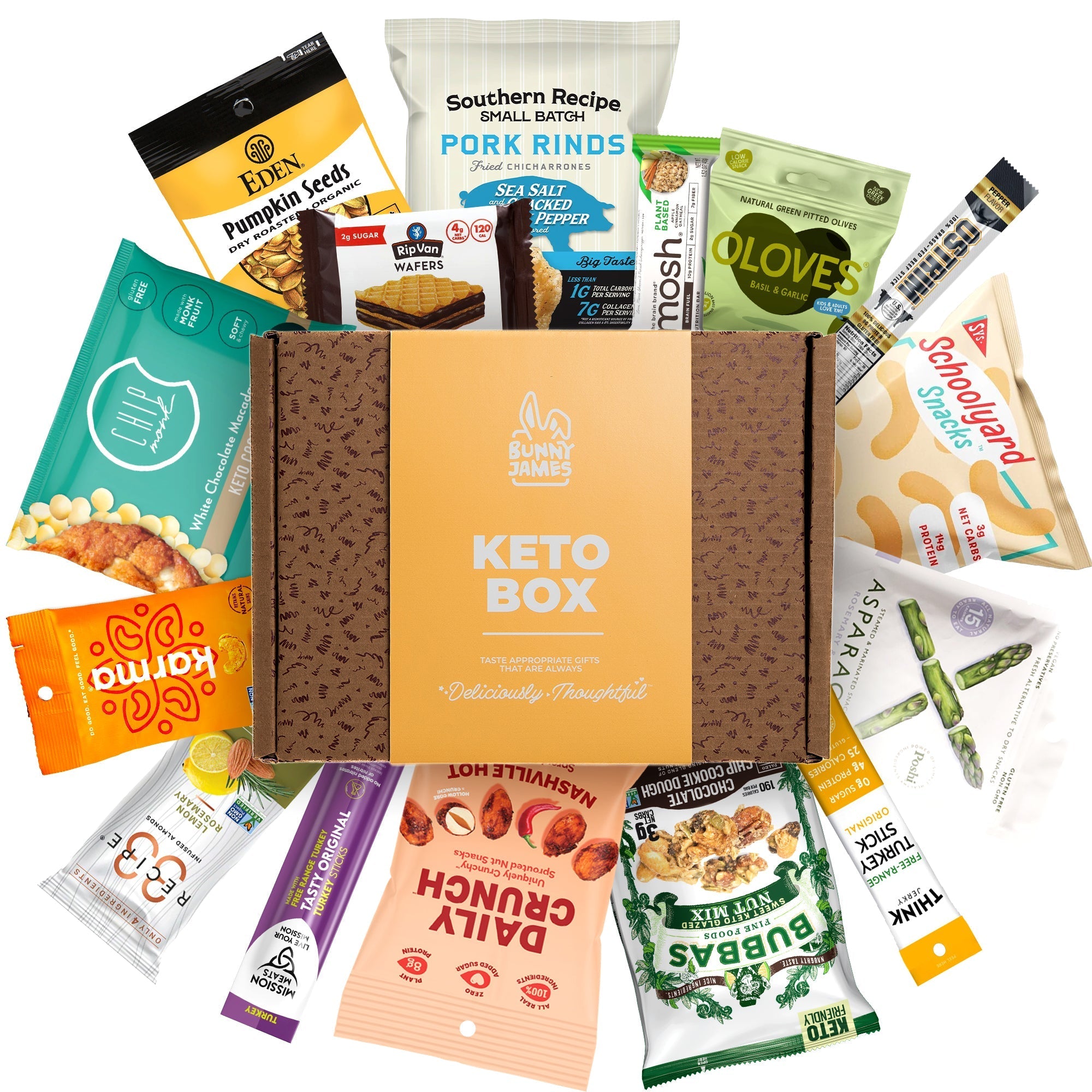Apply Now
Understanding Calories: A Foundation for Healthy Eating
Calories Explained
Understanding calories is essential for anyone interested in nutrition and weight management. A calorie is a unit of energy, and it contributes to your daily caloric intake. This intake is crucial to maintain body functions and energy levels throughout the day. Generally, 2000 calories are recommended as a standard daily intake for an average adult, but individual needs might vary based on factors such as age, gender, activity level, and overall health goals. As a consumer, it's important to be aware of the types of calories you are consuming to make informed food choices that align with your dietary goals.
Nutritional Essentials to Consider
To effectively manage your daily intake of 2000 calories, you should understand macronutrients: carbohydrates, proteins, and fats. Each plays a significant role in your overall health.
- **Carbohydrates**: They are your body's primary energy source, fueling physical and mental activities. Including whole grains and fruits provides fiber and essential nutrients.
- **Proteins**: Vital for building and repairing body tissues, proteins also contribute to a feeling of fullness. Sources include lean meats, beans, and legumes.
- **Fats**: Healthy fats are necessary for nutrient absorption and hormone production. Focus on sources such as nuts, seeds, and avocados.
Balancing these macronutrients within the framework of a 2000 calorie meal plan ensures a healthier diet.
Portion Control and Daily Calorie Intake
Learning effective portion control is key to managing your daily caloric intake. Often, people underestimate portion sizes leading to calorie overload without awareness. Utilizing measuring tools or visual cues can be extremely helpful. For instance, a serving of protein should generally be the size of a deck of cards, while a serving of carbohydrates could be the size of a fist.
Additionally, frequent self-assessment of portions can prevent inadvertently consuming excess calories. Maintaining a food diary or utilizing tracking apps may help reinforce portion control and increase mindfulness while eating.
Healthy Eating: The Colorful Plate Approach
Incorporating a variety of colors into your meals can enhance overall health and nutrition. A colorful plate filled with diverse vegetables ensures a range of vitamins and minerals, contributing to nutrient density. Aim for at least five different colored fruits and vegetables per day, such as spinach, carrots, bell peppers, and berries. These foods are not just low in calories but also high in essential nutrients.
Moreover, vibrant colors often signify the presence of antioxidants, which are beneficial to health. This visual and practical approach to meal prep not only caters to your daily calorie requirements but also aligns with cravings for variety and satisfaction.
Energy Balance and Meal Timing
Achieving an energy balance is critical when managing a 2000 calorie diet. This means matching the calories consumed with those burned through daily activities. Incorporating exercise can provide not only calorie expenditure but also contribute to overall well-being.
Meal timing can also influence energy levels and hunger cues. Many people find success with three square meals and two healthy snacks throughout the day, which can help maintain energy levels and avoid extreme hunger, leading to better food choices.
Crafting Your Ideal 2000 Calorie Meal Plan
Sample Meal Ideas for Each Time of Day
Creating a balanced meal plan involves incorporating foods from all food groups. Here are a few sample meal ideas for a typical day on a 2000 calorie diet:
- **Breakfast Ideas**: A spinach and cheese omelet with whole-grain toast and a side of mixed berries achieves a nutritious start.
- **Lunch Ideas**: A quinoa and black bean salad with bell peppers, tomatoes, and an olive oil vinaigrette provides protein and fiber, keeping you full through the afternoon.
- **Dinner Ideas**: Grilled salmon with a side of roasted sweet potatoes and steamed broccoli offers omega-3 fatty acids while complementing your total calorie intake.
Engaging in meal prep can further streamline the process of maintaining a balanced diet and simplify the implementation of these meal ideas.
Healthy Snacks and Portion Guidance
Incorporating healthy snacks can fulfill cravings while keeping you aligned with your caloric goals. Choosing snacks like carrot sticks with hummus, Greek yogurt with fruit, or a handful of nuts not only provide essential nutrients but also help stabilize blood sugar and maintain energy levels.
Be cautious of portion sizes even with healthy snacks; consider pre-portioning snacks to avoid unintentionally overindulging. This practice can be especially helpful when managing meal frequency and calorie-rich foods.
Tracking Calories and Meal Variations
Keeping track of your calorie intake is essential for aligning your eating habits with your fitness goals. Use nutrition apps or food diaries to log meals and snacks. This not only provides insight into caloric intake but also emphasizes healthy eating patterns.
Variations in meals can help combat monotony and keep you motivated. Experiment with different cooking techniques, spice combinations, or food combinations to create flavorful, nutritious meals without straying from your daily goals.
Exploring Dietary Preferences and Food Choices
Dietary preferences may range from vegan to paleo, and recognizing these can help tailor your 2000 calorie diet. Be it switching to plant-based foods or focusing on whole foods, ensure your choices remain aligned with your personal goals while still maintaining nutrient balance.
Consider consulting with a nutritionist for personalized meal planning that respects your dietary choices while providing adequate macronutrients, aiding in achieving your fitness goals realistically.
Navigating Common Challenges in Meal Planning
Mindful Eating Practices
Incorporating mindfulness into your eating habits can significantly enhance your relationship with food. By practicing mindful eating—focusing on the experience of eating without distractions—you can develop better awareness of hunger and satiety cues. Additionally, it often prevents emotional eating or overconsumption.
This practice can greatly assist in forming healthier eating habits aligned with your 2000 calorie diet and fitness goals.
Overcoming Dietary Challenges
Dietary challenges like cravings or social pressures can impede your diet adherence. Identifying triggers and finding creative solutions, such as healthier swaps or engaging in community support groups, can help. Some may find comfort in preparing calorie-conscious versions of traditional dishes, allowing cultural enjoyment while maintaining healthy choices.
Maintaining flexibility within your meal planning can allow for balance, promoting a sustainable approach to healthier eating.
Using Cooking Techniques for Healthier Meals
Utilizing various cooking techniques can greatly influence the nutritional profile of your meals. Opting for methods like grilling, steaming, or baking instead of frying can reduce caloric intake while preserving flavor and nutrients.
Experimenting with simple recipes can enhance your cooking skills and make it easier to prepare nutrient-dense foods that align with your dietary needs.
Community Support and Eating Habits
Engaging with others who share your health goals can provide motivation and practical advice. Community support, whether through online platforms or in-person groups, can enhance meal planning strategies and encourage accountability.
Remember, healthy eating is not just a solitary journey—it becomes more accessible and enjoyable with encouragement and shared experiences.
Efficient Meal Preparation and Planning Tools
Meal Planning Tools for Success
Taking advantage of various meal planning tools can streamline your process of adhering to a 2000 calorie diet. Use meal planning apps or spreadsheets to outline your weekly meals, ensuring a balance of macronutrients through a variety of food sources.
Prepping meals ahead of time can also eliminate stress and temptation, allowing for a more consistent approach to eating healthy.
Exploring Affordable Meal Options
Eating healthy does not have to be expensive. Exploring affordable meal options, such as seasonal produce or bulk items, can facilitate a nutrient-rich diet without breaking the bank. Look for sales, discounts, or consider community supported agriculture (CSA) programs for cost-effective yet high-quality food.
It's vital to keep a well-organized grocery list that includes diverse, healthy foods, enabling budget-friendly meal planning without sacrificing quality.
Healthy Recipe Customization
Customize recipes to fit your dietary preferences and caloric needs. Creative substitutions can help reduce calories while maintaining flavor. For example, swapping out heavy creams with Greek yogurt can not only lower calories but also add protein.
By implementing these strategies, you can set yourself up for success in maintaining a 2000 calorie diet tailored to your unique lifestyle and health goals.
Simple Swaps for Daily Eating
Incorporate simple swaps in your daily diet to enhance nutritional value while controlling caloric intake. For example, replacing white rice with quinoa not only increases fiber but also contains more protein.
Similarly, choosing whole fruits over fruit juices can preserve natural sugars while maximizing fiber intake. These adjustments can make a significant difference in achieving your overall health and wellness objectives.




